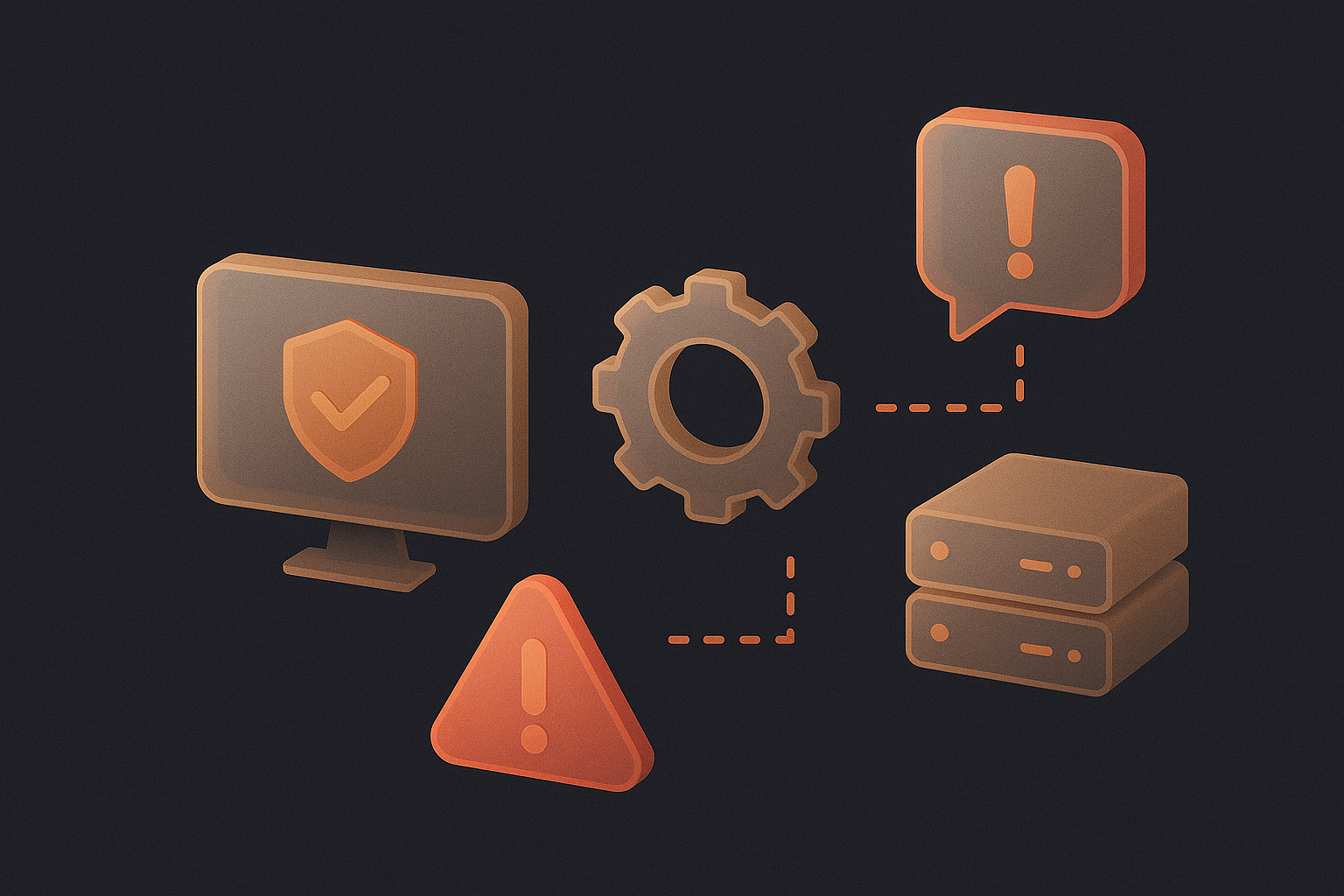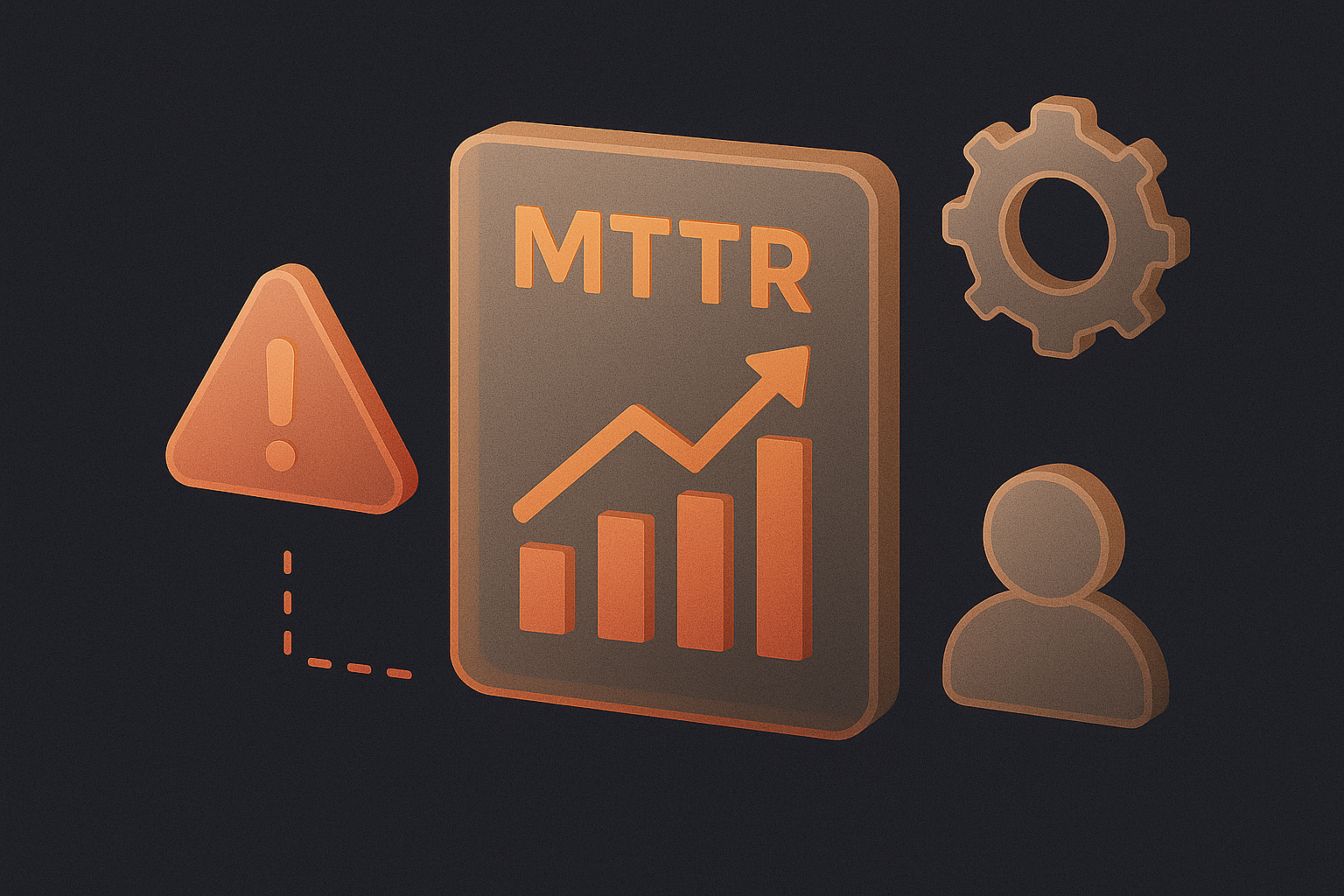Why Today’s IT Teams Need a Smarter Approach to Operations
IT environments look very different from what they were a few years ago. Applications now run across hybrid clouds, systems update constantly, and users expect services to be available at all times. Despite this shift, many IT teams still depend on manual workflows and disconnected tools that slow down response and make it difficult to maintain reliable operations.
Modern IT operations require more than basic monitoring or traditional ticketing systems. Teams need automation, intelligent alert routing, real time communication, and unified visibility across all systems and teams. These capabilities allow organizations to detect issues earlier, respond faster, and keep services stable even as environments grow more complex.
This shift toward intelligent IT operations has become essential for any organization looking to maintain predictable performance and resilient digital services.
What IT Operations Are and How They Support Digital Reliability
IT operations, also known as IT Ops or ITOps, include the daily responsibilities that keep digital services functioning as expected. These activities touch every part of the technology lifecycle and include:
Managing infrastructure, networks, and cloud environments
Monitoring system performance and identifying issues early
Responding to alerts and resolving incidents quickly
Coordinating across teams involved in service delivery
Strong IT operations ensure that systems remain fast, secure, and available. As organizations adopt hybrid and multi cloud architectures, the scope of IT operations expands. Teams must maintain visibility across distributed systems, coordinate workflows across multiple tools, and support services that run around the clock.
Modern IT Ops gives organizations the structure needed to maintain business continuity in an increasingly digital world. Platforms like a modern enterprise alerting platform help unify signals and simplify operational oversight.
Why Traditional IT Operations Struggle in Modern Environments
Although cloud platforms and automation tools have advanced, many IT teams still rely on old methods that no longer match modern demands. These gaps create friction and lead to slower response.
One common challenge is fragmented visibility. Monitoring, logging, ticketing, and communication tools often operate separately. When teams must switch between dashboards to understand what is happening, diagnosis takes longer.
Another issue is slow or manual escalation. When incident routing depends on spreadsheets, emails, or manual decisions, response times increase and MTTR rises. Automated routing through alert escalation management solves this problem by ensuring alerts reach the correct person quickly.
Communication also becomes a challenge. Without structured stakeholder updates, leadership and customer facing teams receive incomplete or inconsistent information. A solution such as stakeholder communication keeps everyone aligned.
Post incident work is another time sink. Teams often spend hours assembling timelines and writing RCA summaries. Using post incident reporting removes this manual burden.
These challenges make it harder for teams to maintain reliable services at the speed modern business requires.
Best Practices That Strengthen IT Operations and Improve Response Speed
How Unified Monitoring Improves Visibility and Accuracy
Unified monitoring brings logs, metrics, traces, and application performance data together in one place. This helps teams detect issues earlier and understand system behavior without switching between tools. A unified view also improves collaboration during investigations and leads to more accurate decision making.
How Intelligent Alert Routing Eliminates Delays
Alert routing should happen automatically. Modern workflows use skills, responsibilities, and on call schedules to direct alerts to the right responders. Backup escalations activate when needed, ensuring coverage around the clock. Platforms like alert escalation management make this routing predictable and fast.
How Multi Channel Notifications Improve Response Times
Responders need to be reached wherever they are. Teams benefit from notifications that arrive through SMS, voice, email, mobile push, and chat tools. This approach reduces delays and keeps global teams aligned regardless of time zone. These capabilities are built into automated incident management workflows.
How Automated Post Incident Reporting Saves Time and Improves Accuracy
Manual post incident reporting often leads to incomplete or inconsistent documentation. Automated systems capture event data, acknowledgment details, and timelines in real time. This not only saves hours of manual work but also improves the accuracy of RCA documentation. Solutions such as post incident reporting help teams learn faster from every event.
How Intelligent IT Operations Improve Incident Handling from Start to Finish
Consider a scenario where a SaaS application experiences sudden performance degradation. In traditional operations, teams would check dashboards, create manual escalations, and coordinate through scattered messages. An intelligent IT Ops workflow looks very different.
A monitoring tool detects the anomaly and sends alerts into a centralized platform. Noise reduction tools filter duplicates and highlight the core issue. Automated escalation notifies the correct on call responder based on defined rules. If the responder does not acknowledge, a backup escalation triggers automatically. Stakeholders receive real time updates as the incident unfolds. A complete post incident report is generated automatically at the end.
This type of workflow offers faster detection, quicker response, clearer communication, and complete documentation. It prevents prolonged downtime and improves alignment during high pressure events.
Why Modern IT Operations Platforms Are Essential for Resilient Services
Reliable digital services require fast detection, smart routing, and strong communication. As systems scale and become more distributed, traditional approaches cannot keep up. Intelligent IT Ops platforms help teams reduce noise through tools like smart alert correlation, route alerts automatically to the right people, provide real time updates for stakeholders, and capture data for accurate postmortems.
Solutions such as automated incident management and a unified alerting platform bring these capabilities into a single workflow. Teams move away from reactive firefighting and toward proactive, resilient operations.
Modern IT operations give organizations the speed, clarity, and automation needed to maintain high performing digital services in an always on world.


